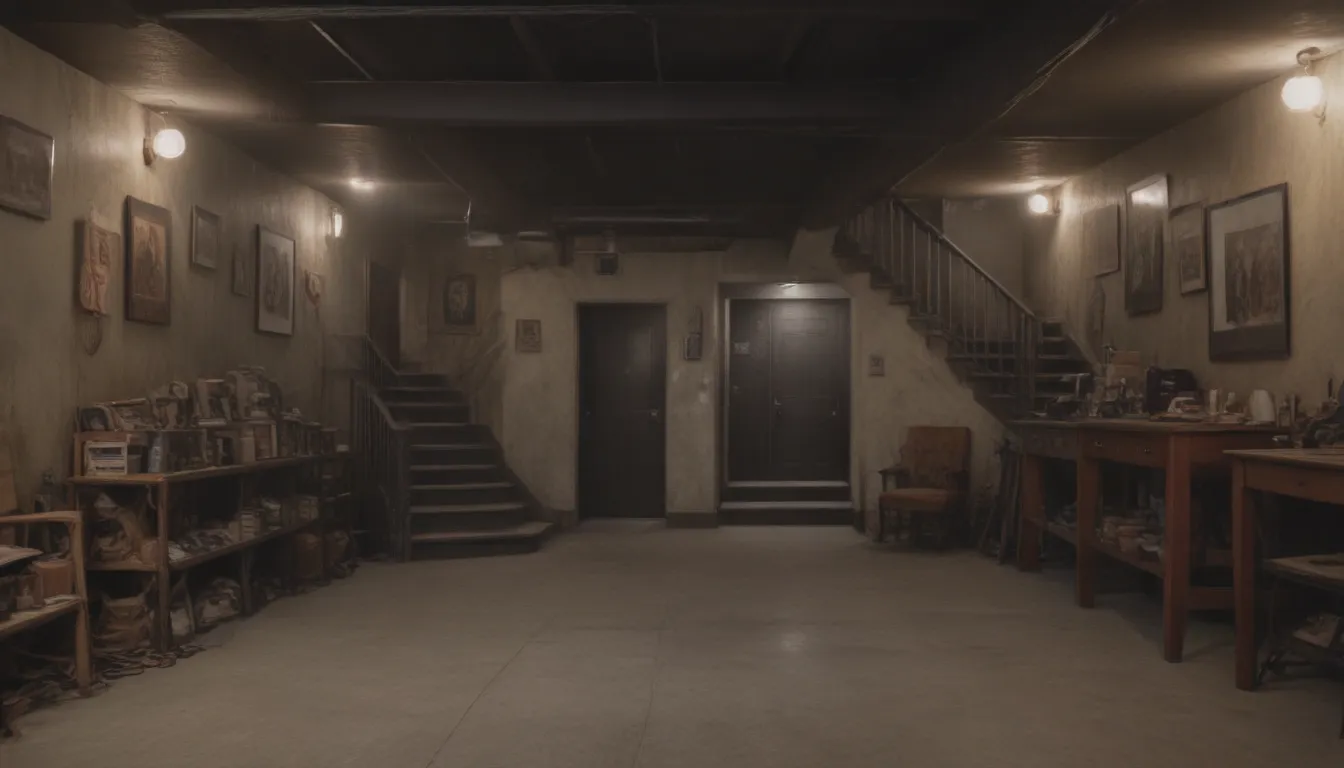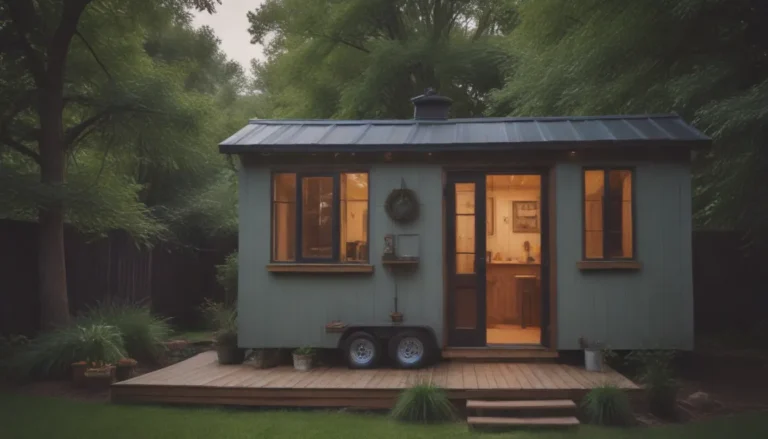The Ultimate Guide to Walkout Basements: Everything You Need to Know

If you’re considering adding a walkout basement to your home, you may have some questions about what exactly it entails. A walkout basement is a popular feature in many homes, offering unique benefits and drawbacks. In this comprehensive guide, we will delve into all the details of walkout basements, including the pros, cons, property requirements, costs, and more.
What Is a Walkout Basement?
A walkout basement is a type of basement that has at least one exterior entrance, allowing individuals to walk out from the basement to the outside. The key feature that distinguishes a walkout basement from a regular basement is that the basement entrance must be located at or above ground level. This design allows for direct access to the outdoors, creating a seamless connection between the basement and the exterior of the home.
Walkout basements are commonly found on sloped lots, where the ground dips down to the bottom of the basement on one side of the home. While walkout basements offer several advantages, there are also considerations to keep in mind before deciding to install one.
Walkout Basement Property Requirements
Several factors play a crucial role in determining whether a property is suitable for a walkout basement. These include drainage, egress, foundation condition, lot slope, orientation, soil composition, as well as zoning and setback regulations. Here are some essential property requirements for a walkout basement:
- Drainage: Proper drainage is essential to prevent water accumulation and potential flooding in the basement.
- Egress Requirements: The basement must have at least one exterior exit for safety and emergency purposes.
- Foundation Condition: The foundation of the home must be structurally sound to support the installation of a walkout basement.
- Lot Slope: The slope of the lot will impact the feasibility and cost of installing a walkout basement.
- Orientation: The orientation of the home in relation to the lot will determine the best location for the walkout entrance.
- Soil Composition: Different soil types may require specific excavation and foundation techniques for a walkout basement.
- Zoning and Setback Regulations: Local regulations may dictate the allowable setback distances and other requirements for adding a walkout basement.
Benefits of a Walkout Basement
Walkout basements offer several advantages that make them a desirable feature for many homeowners. Some of the key benefits of a walkout basement include:
- Easy Access: The direct access to the outdoors from the basement makes it easy to move furniture, appliances, and other items in and out of the space.
- Increased Airflow and Natural Light: By having one side of the basement at or above ground level, walkout basements benefit from enhanced airflow and natural light compared to traditional basements.
- Rental Income: A walkout basement can be rented out as a separate living space, providing an additional source of rental income for homeowners.
- Extra Living Space: Once finished, a walkout basement can serve as a versatile living space, such as a guest suite, home office, or recreational area.
Drawbacks of a Walkout Basement
While there are many benefits to having a walkout basement, it’s essential to consider the drawbacks as well. Some of the potential drawbacks of a walkout basement include:
- Cost: The cost of installing a walkout basement can be significant, often requiring excavation, retaining walls, foundation modifications, and a new walkout door.
- Leaks: Walkout basements may be more prone to water leaks and moisture issues, especially if proper drainage and waterproofing measures are not in place.
- Heating and Cooling: The increased exposure of one side of the basement to the outdoors can lead to higher heating and cooling costs compared to traditional basements.
How to Use a Walkout Basement
Once you have a walkout basement in your home, there are many creative ways to utilize the space effectively. Whether you choose to transform it into a rental unit, a home gym, a playroom for kids, or a cozy entertainment area, the possibilities are endless. Consider your needs, preferences, and budget when deciding how to use your walkout basement to its fullest potential.
Cost of a Walkout Basement
The cost of installing a walkout basement can vary depending on various factors, such as soil composition, lot orientation, drainage requirements, and more. On average, the cost to install a walkout basement is around $15,000, but this price can increase based on the complexity of the project. It’s essential to obtain multiple quotes from qualified contractors to ensure you get the best value for your investment.
Walkout vs. Walkup Basement
It’s essential to understand the difference between a walkout basement and a walkup basement. While both types provide exterior access from the basement, a walkout basement does not have stairs leading up or down to the exit. In contrast, a walkup basement features steps that lead from the ground level to an exterior door. Each type has its advantages and drawbacks, so consider your specific needs and preferences when choosing between a walkout and walkup basement.
Walkout vs. Daylight Basement
Another common misconception is the difference between a walkout basement and a daylight basement. While both types allow for increased natural light and airflow, a daylight basement does not have an exterior door. Instead, daylight basements feature large windows that provide ample light while still being partially below ground level. Depending on your preferences for privacy and accessibility, you may prefer a walkout or daylight basement design.
Walkout Basement Installation: DIY vs. Professional
While some minor excavation work may be possible for a confident homeowner, installing a full walkout basement is typically a job best left to professionals. Hiring a team of experienced contractors ensures that the project is completed safely, efficiently, and up to code. From excavating the site and building retaining walls to cutting into the foundation and installing drainage systems, professionals have the expertise and equipment to handle the job correctly.
Additionally, working with professionals often includes warranties or guarantees for the work performed, giving you peace of mind in case any issues arise in the future. Consider the long-term benefits of hiring professionals for your walkout basement installation to ensure a high-quality result that adds value to your home.
Conclusion
In conclusion, walkout basements offer a unique combination of benefits and drawbacks that make them a popular choice for many homeowners. By understanding the property requirements, costs, benefits, and drawbacks of walkout basements, you can make an informed decision about whether this feature is right for your home. Whether you choose to convert an existing basement into a walkout basement or incorporate it into new construction, the additional living space and functionality can significantly enhance your home’s value and livability.
Remember to consult with qualified contractors and professionals to assess your property, discuss your options, and ensure that the installation of a walkout basement meets your needs and budget. With proper planning and consideration, a walkout basement can become a valuable addition to your home that enhances your quality of life and enjoyment of your living space.





